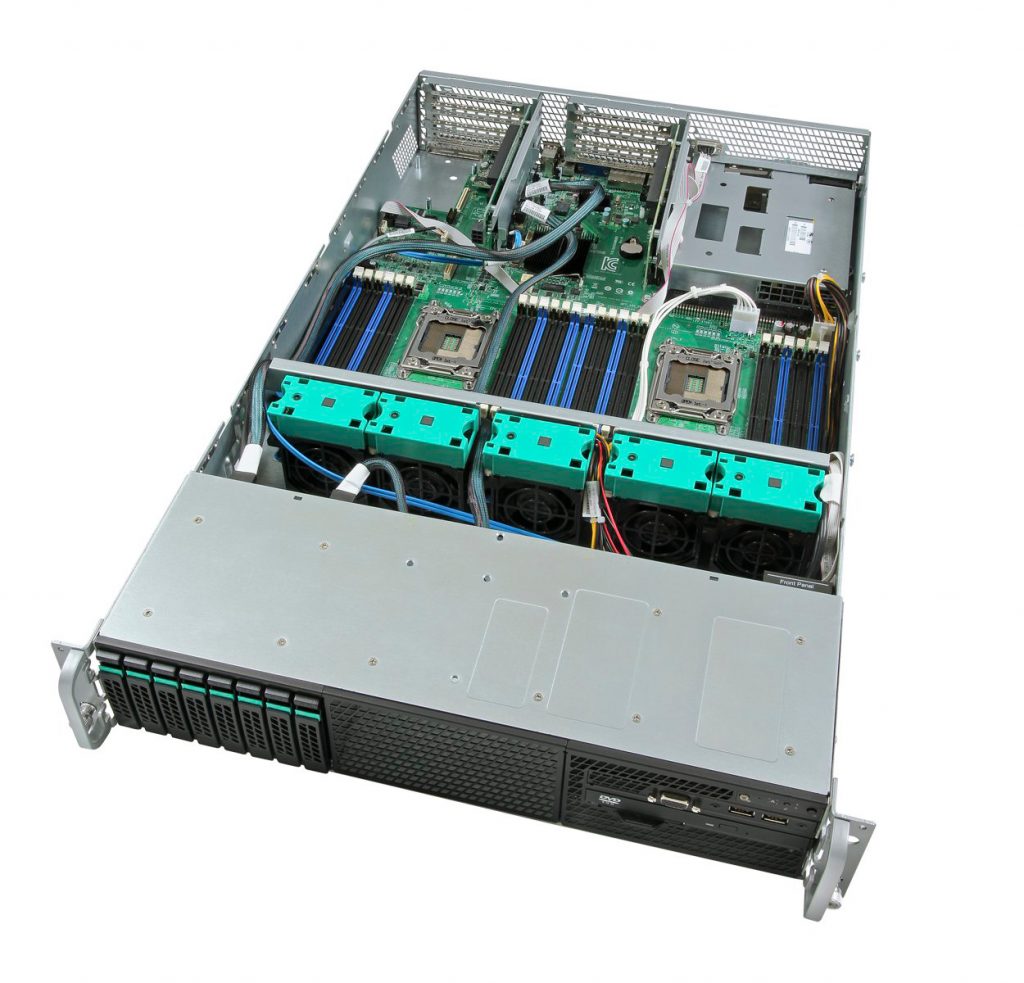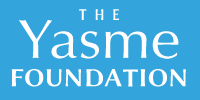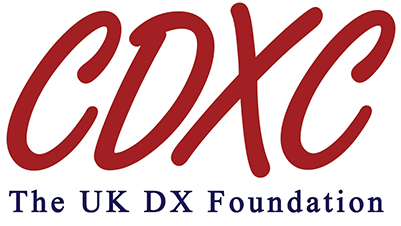Since its inception in 2008, Club Log has become part of the toolkit of HF operating, and an integral aspect of competitive DXing. Today, Club Log hosts 590 million QSOs and caters for 69,000 active registered users. We handle 140,000 unique visitors and over 5 million page requests each month. This is achieved using high-end server equipment, which is owned by Club Log and physically located in professionally-managed rack space in the UK.
The reliance on Club Log by nearly 70,000 users makes it essential to plan for problems. Even though the server equipment is very reliable, it is also being worked incredibly hard, day and night. With this in mind, I have been working on a plan to create a secondary instance and begin balancing the service across two data centres. As well as achieving resilience if one server fails (so that Club Log does not go offline for long periods of time) it also mitigates the risks of disasters such as fire, flooding or server breakdowns requiring parts not held in stock.


Hardware funding for 2020 and beyond
This autumn (2019) I wrote to a number of DX Foundations to explain that I wanted to make a significant hardware investment in Club Log. I was delighted to hear back from every one of them, with an offer to help make it happen.
 www.ncdxf.org |  www.yasme.org |  www.cdxc.org.uk |  www.indexa.org |
| £3,000 | £3,000 | £2,000 | £390 |
As you can see, Club Log has received significant grants for this project. This allows me to make a purchase of new equipment totalling £8,500 – a sum that unlocks all the potential of the latest server architectures, too. This is the second time that Yasme has helped Club Log, having previously donated $2,000 in 2011. Additionally, CDXC made a contribution this year of £500 towards running costs (separate from the £2000 for hardware, above).
The support of these foundations is so important, and so enabling for Club Log. It means I can now make absolutely sure that Club Log can be relied upon by DXers into a new decade in 2020, by investing in a dual-server setup. Without this support the arrangements for Club Log would be unsatisfactory and growth would be a challenge. Not so with their support – instead, everything I hoped for is in reach! So please, if you can celebrate with me on this, give these foundations your support in turn – they do nothing but good for our hobby and make projects like Club Log possible!
As of November 2nd 2019, the equipment is on order and I will be posting some journal-style updates of the journey towards making it live.
One more thing
Club Log does not only need these exceptional hardware costs to be covered, it also has running costs – and now that we have two servers, those costs have essentially doubled. Don’t worry, this is also under control! The running costs have been made manageable by DXers who generously donate (as individuals), and I would therefore like to turn to how this works.
How running costs are covered
The wording we use to express our values around donations is:
Club Log is free: free of charge and free of commercial pressure such as advertising. Despite this, Club Log is run as much as possible on a professional footing. This is achieved through financial support that is given without any obligation. No-one is required to pay to use Club Log, so that everyone can enjoy it equally.
What this means is that the running costs come entirely from gifts through donors each year. At any time, you can see the last 12 months of donors (and check out those amazing stars, or even more amazing gold stars – I know it’s only a small thing but that is the very least I can do to recognise their help) by going to the Club Log web site and clicking donations in the top menu.
As you can imagine, exceptional donations are made by a very few people. I would like to make a special point of thanking some donors who have covered far more than their share of Club Log’s costs, and over many years.
Over the whole lifetime of Club Log, these supporters have made such a huge impact.
And, of course, thank you everyone who has donated. I regret that listing every supporter here is not possible, but you have been brilliant and Club Log simply could not carry on without what you’ve given, too. To every donor: you are a star and I am deeply grateful.
| Individual or organisation | Life time total donations (running costs) |
|---|---|
| CDXC – The UK DX Foundation | £5,000 |
| K7MOA | £5,000 |
| JH1AJT | £871 |
| K4SV | £718 |
| KE1B | £700 |
| VK2CA | £690 |
| K3SX | £650 |
| MD0CCE | £650 |
| G3TXF | £550 |
| DXNews (4L5A) | £500 |
| G4PWA | £500 |
| NA9A | £475 |
| W7SMW | £450 |
| W6TCP | £450 |
| W6CYX | £450 |
| G4SJP | £410 |
| 9K2HN | £400 |
A reminder of Club Log’s features
Club Log provides the following features to a global user-base:
- Personal DXCC reports and league tables
- Expedition tools, robust enough for even the most ambitious and rare multi-operator activations
- Detailed analysis of your log, using researched DXCC information
- ADIF comparison and fault-finding tools
- Zone charts for your log, again based on detailed research
- Personalised great circle maps centred on your locator
- A personal timeline of your activity (DXCCs per year, band and mode info)
- Your own log search tool, eg. to link from your web page or QRZ profile
- A filtered DX Cluster which only tells you about DX you still ‘need’
- Access to propagation and activity predictions, using everyone’s logs and VOACAP
- QSL suggestions to help you send out just the cards you need
- An online archive of QSL cards (including the G3TXF archive, scanned in full)
- OQRS (Online QSL Requests) to make direct and bureau QSLing faster and easier – saving millions of dollars in postage since its inception
- Live Streams to make it engaging and interactive to work DXpeditions
- Satellite-optimised upload gateways for remote islands and rare DXpeditions
- CDXC Challenges, Marathons and a “Super League”
- A log matching service (akin to LoTW) which powers award schemes such as the IOTA site, the Wireless Institute of Australia, DARC and others not able to work with the ARRL LoTW programme
- An XML file distributed daily that contains an exhaustive definition of DXCC mappings for callsigns (containing nearly 30,000 definitions and downloaded tens of thousands of times every day, when logging software is booted up!)
- The global (and regional) Most Wanted List; a touch-stone for all DXpedition funding bodies and serious DXers.
It’s quite likely I’ve missed a few things! We’re always working on more features, better user interfaces, faster or more flexible reports and statistics…every year is just that bit different from the last. And now, we’re ready for 2020 and beyond!
vy 73,
Michael G7VJR
November 2019
And the Club Log team: Marios 5B4WN, Alan 5B4AHJ, Jim KE8G, Joe WL7E